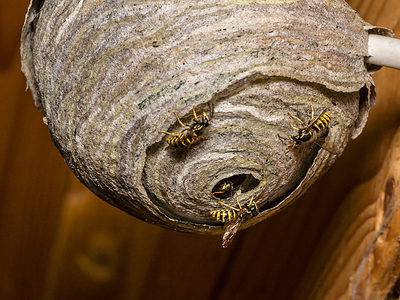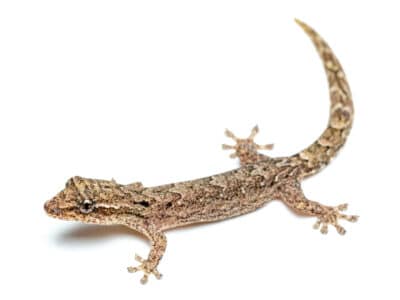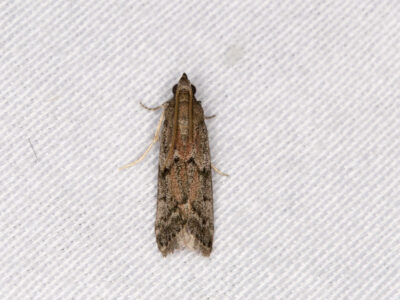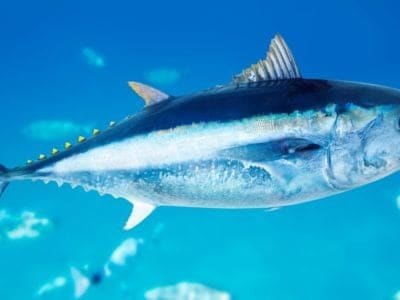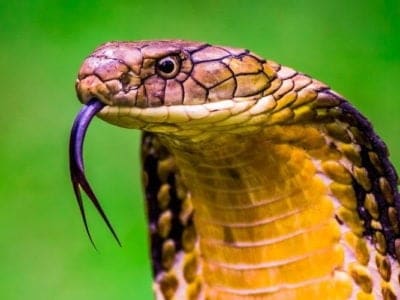Fritillary Butterfly
Some emit noxious defense chemicals
Advertisement
Fritillary Butterfly Scientific Classification
Read our Complete Guide to Classification of Animals.
Fritillary Butterfly Conservation Status
Fritillary Butterfly Facts
- Name Of Young
- Larvae (caterpillars)
- Group Behavior
- Solitary
- Fun Fact
- Some emit noxious defense chemicals
- Biggest Threat
- Climate change
- Most Distinctive Feature
- Checkerboard wing pattern
- Distinctive Feature
- Silver markings on the underside of the wings
- Other Name(s)
- Silverspots
- Wingspan
- 0.6-3.5 inches
- Average Spawn Size
- 100-300
- Habitat
- Meadows, grasslands, parks, gardens
- Predators
- Birds, spiders, lizards, wasps, dragonflies
- Diet
- Herbivore
- Lifestyle
- Diurnal
- Solitary
- Favorite Food
- Violets
- Type
- Herbivore (larvae), nectarivore (adult)
- Common Name
- Fritillary, silverspot
- Special Features
- Dark or light checkerboard markings on the wings
- Number Of Species
- 76
- Nesting Location
- Near host plants
- Migratory
- 1
Fritillary Butterfly Physical Characteristics
- Color
- Brown
- Red
- Black
- White
- Tan
- Orange
- Silver
- Black-Brown
- Light-Brown
- Skin Type
- Scales
- Lifespan
- Several weeks to several months
- Age of Sexual Maturity
- Immediately after hatching
- Venomous
- No
- Aggression
- Low
View all of the Fritillary Butterfly images!
Summary
Often mistaken for monarch butterflies, fritillary butterflies are a group of butterflies that share common physical characteristics. They get their common name from their checkerboard pattern as well as the distinctive silver markings on the undersides of their wings. Larval fritillary butterflies predominantly feed on violets and serve an important role as pollinators. Some species can emit odorous chemicals to defend themselves from predators.
5 Fritillary Butterfly Facts
- Fritillary butterfly larvae sometimes burrow into the ground or find shelters and go into diapause to ride out the cold winter months until spring.
- Depending on the species, either the males or females emit pheromones to attract the opposite sex.
- Some fritillaries release odorous chemicals as a defense mechanism to protect themselves from predators.
- Fritillary butterfly caterpillars are often very particular about what they eat, with many species specifically feeding only violets.
- Male fritillary butterflies provide females with nuptial gifts during the courtship process to influence their decision in regard to egg fertilization.
Fritillary Butterfly Species, Types, and Scientific Name
At least 76 different butterfly species share the common name fritillary. Although they do not share a common evolutionary lineage, the vast majority belong to the family Nymphalidae or brush-footed butterflies. Most fritillary butterflies belong to one of three genera: Boloria, Melitaea, or Speyeria. People sometimes refer to butterflies in the genus Speyeria as “greater fritillaries” and those in Boloria as “lesser fritillaries” due to the difference in their size. The word fritillary derives from the Latin word fritillus, meaning “dice box” or “chequerboard.” Fritillary butterflies feature characteristic checkerboard patterns on their wings, hence their name. Silverspots is another name commonly used to refer to fritillaries due to the metallic markings on the undersides of their wings.
Here are just a few of the butterflies that share the common name fritillary:
- Aphrodite fritillary
- Balkan fritillary
- Cranberry fritillary
- Diana fritillary
- European meadow fritillary
- Forest leopard fritillary
- Great spangled fritillary
- High brown fritillary
- Indian fritillary
- Knapweed fritillary
- Lesser spotted fritillary
- Marsh fritillary
- Niobe fritillary
- Pearl-bordered fritillary
- Queen of Spain fritillary
- Regal fritillary
- Silver-washed fritillary
- Thor’s fritillary
- Uncompahgre fritillary
- Weaver’s fritillary
- Zerene fritillary
Appearance: How to Identify Fritillary Butterflies

Like most butterflies, fritillary butterflies are notoriously picky eaters.
©KRITPHOTO/Shutterstock.com
Fritillary butterflies range in appearance depending on the species. That said, they have a number of similar characteristics which form the basis of their shared common name. Most adult fritillary butterflies are small or medium-sized, with species in the genus Speyeria tending to measure larger than those in other genera. For example, the lesser spotted fritillary (Melitaea trivia) has a wingspan of 0.6 to 0.9 inches, while the great spangled fritillary (Speyeria cybele) measures 2.4 to 3.5 inches from wingtip to wingtip. Although they range in color, the wings of most fritillary butterflies appear predominantly reddish-orange, orangish-brown, light brown, and tan. As their scientific name implies, they feature either dark black or white checkerboard markings on their wings. Depending on the species, these markings vary in size, color, and arrangement. They also often sport silverish spots near the tips on the undersides of the wings.
Habitat: Where to Find Fritillary Butterflies
The vast majority of fritillary butterflies live in North America, Europe, and Asia. While a few species are native to Africa, only one – the Gulf fritillary – makes its home in South America. You can find fritillary butterflies in a wide range of habitats, including grasslands, meadows, wetlands, marshes, woodlands, forests, parks, gardens, and wherever else they can find enough food. As larvae, fritillary caterpillars need close access to their food sources to survive. Fritillary butterflies require access to plenty of sunlight, water, and food and tend to avoid areas that lack enough cover or are especially windy.
Diet: What Do Fritillary Butterflies Eat?
Like most butterflies, fritillary butterflies are notoriously picky eaters. Most species do not eat a wide range of foods, instead targeting just a handful of host plants. During the larval stage, fritillary caterpillars mostly feed on the leaves of violets. The young caterpillars will likely starve if the eggs aren’t laid close enough to their host plant. However, some caterpillars rely on other host plants, such as Gulf fritillaries, which feed on the leaves of passion flowers or passion vines. After they metamorphose into adult butterflies, fritillaries switch from eating leaves to feeding on nectar, water, and dung. They tend to target flowers with high levels of sucrose which provide them with the energy they need to fly. Their diet also expands slightly and includes a wider range of host plants depending on the species. Some plants targeted by fritillary butterflies include milkweed, violets, mint, laurel, verbena, burdock, and vetch.
Prevention: How to Get Rid of Fritillary Butterflies
You may want to think twice before you try to get rid of fritillary butterflies. Fritillary butterflies serve as pollinators for various plants and help maintain a healthy ecosystem. They also do not pose a danger to humans or agricultural crops. However, some people still consider them pests because they can damage garden plants. If you wish to get rid of any fritillary butterflies on your property, there are a few things you can try. Remove any eggs or caterpillars that you find on plants. Neem oil is a potent butterfly disinfectant, and spraying it on plants can help to ward off fritillaries. You can also spray plants with a combination of chili and garlic or – as a last resort – cover plants with butterfly netting.
Related Animals
View all 91 animals that start with FFritillary Butterfly FAQs (Frequently Asked Questions)
Are fritillary butterflies dangerous?
Although some fritillary butterflies can release odorous defense chemicals, they are not dangerous to humans or any commercial crops.
How many legs does a fritillary butterfly have?
Like all insects, fritillary butterflies have 6 legs.
How do you identify fritillary butterflies?
As their name suggests, fritillary butterflies feature characteristic checkerboard markings on their wings and silver spots near the wingtips.
How do you get rid of fritillary butterflies?
To get rid of fritillary butterflies, either remove their host plants, destroy their eggs, or spray plants with neem oil or herbal-infused waters that repel them.
Thank you for reading! Have some feedback for us? Contact the AZ Animals editorial team.
Sources
- , Available here: https://explorer.natureserve.org/Taxon/ELEMENT_GLOBAL.2.113004/Dione_vanillae
- , Available here: https://www.fws.gov/species/uncompahgre-fritillary-butterfly-boloria-acrocnema
- , Available here: https://butterfly-conservation.org/butterflies/dark-green-fritillary
- , Available here: https://mdc.mo.gov/discover-nature/field-guide/great-spangled-fritillary
- , Available here: https://www.fs.usda.gov/wildflowers/pollinators/pollinator-of-the-month/fritillary.shtml









